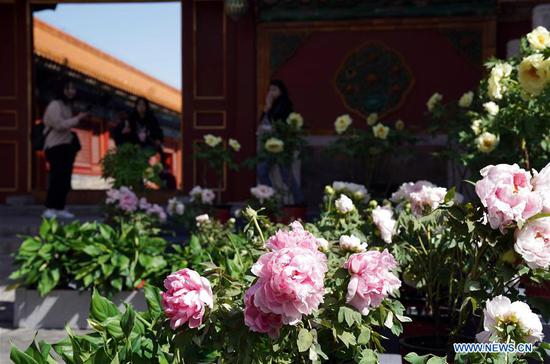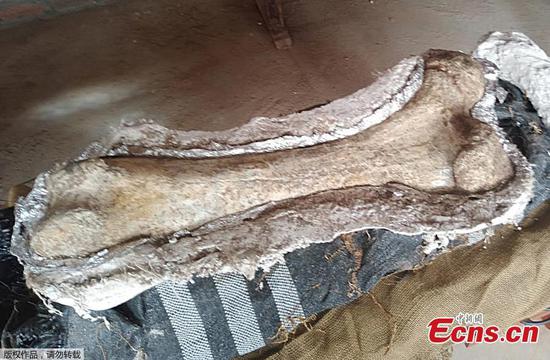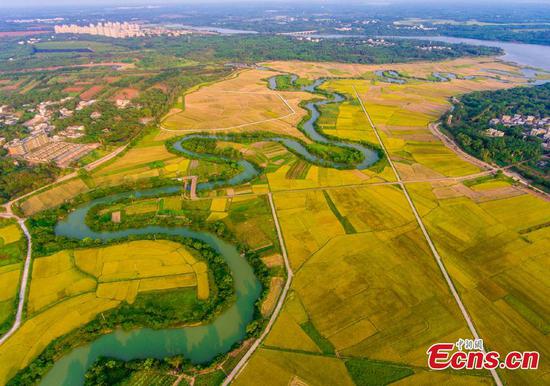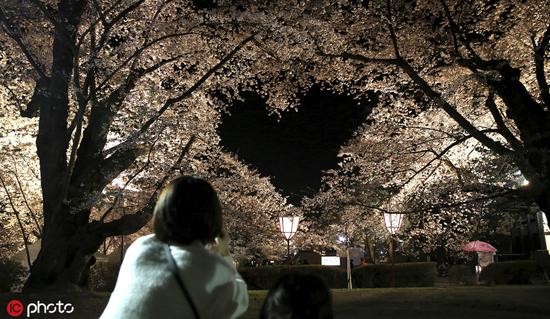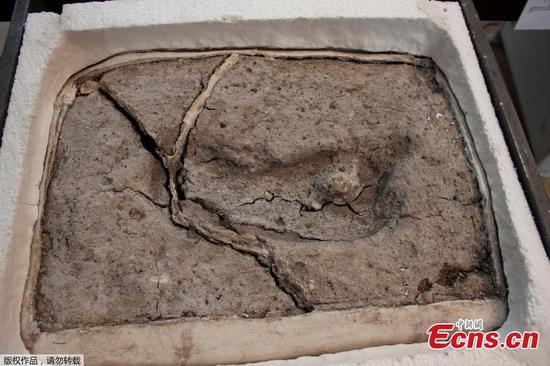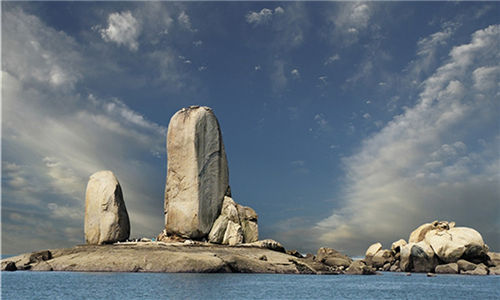
Shipaiyang, one of the natural wonders of Pingtan, Fujian province, is a large rock formation shaped like two large ships sailing on the sea. (Photo provided to chinadaily.com.cn)
"The island grows no grass, but stones. Sand is everywhere. Houses look like forts."
Before my journey to Pingtan, Fujian province, an island county off the coast of southeastern China, the ancient folk saying from there, which I read on the internet, gave me my first impression of the area's once desolate state.
The sandy, grassless island with fortlike houses seemed to have little to do with tourism development, the theme of my two-week trip to Pingtan in April, together with seven other reporters.
The houses on the island produced lively discussions between us from the moment we met at the airport in Beijing and they remained the focus of our adventure on the island.
After we landed in Fuzhou, the provincial capital, a bus took us to the island, a two-hour drive. A bridge, which opened in 2010, is the island's sole entrance and exit.
We passed by groups of houses made of stones, usually with two floors and very small windows. Those with flat roofs do look like forts, though some have gables.
"I guess they made stone houses to stand up against wind and corrosion," a fellow reporter told us. He was born and raised in a seaside village where residents used shells on their houses' exteriors.
To call the area windy is an understatement. About 300 days a year the wind is heavy. The trees are short, as if crouching to shield themselves. I admired the wisdom of locals in building stone houses.
Beigang village lies on the shore of a bay in the northeastern part of the island. Rows of gray stone houses stand on a hill facing the sea, with their backs nestled against the slopes of a heavily forested mountain. Rocks have been placed on top of every red roof tile to prevent the wind from blowing them away.
The village head, surnamed Chen, told us Beigang had been a fishing village, but people began to seek work outside, and many of the stone houses were abandoned.
Then, in 2016, the central government designated the county for expansion into an international tourism zone. Abandoned buildings were upgraded into hotels, handicraft workshops and small restaurants to share the island's unique lifestyle with visitors.
Here, accompanied by the wind, the stones can sing. Locals play melodies using the stones they collect from the nearby mountain - and they invite tourists to try. Different-sized stones produce different musical tones when struck with a specially prepared hammer.
The village received 490,000 visitors last year, with total tourism revenue hitting 9.9 million yuan ($1.5 million).
In my two weeks, I saw the connection: Stones can be made into dwellings. They can be used to play music. And they can bring a good income.
The author is China Daily's journalit Zhang Yi.










